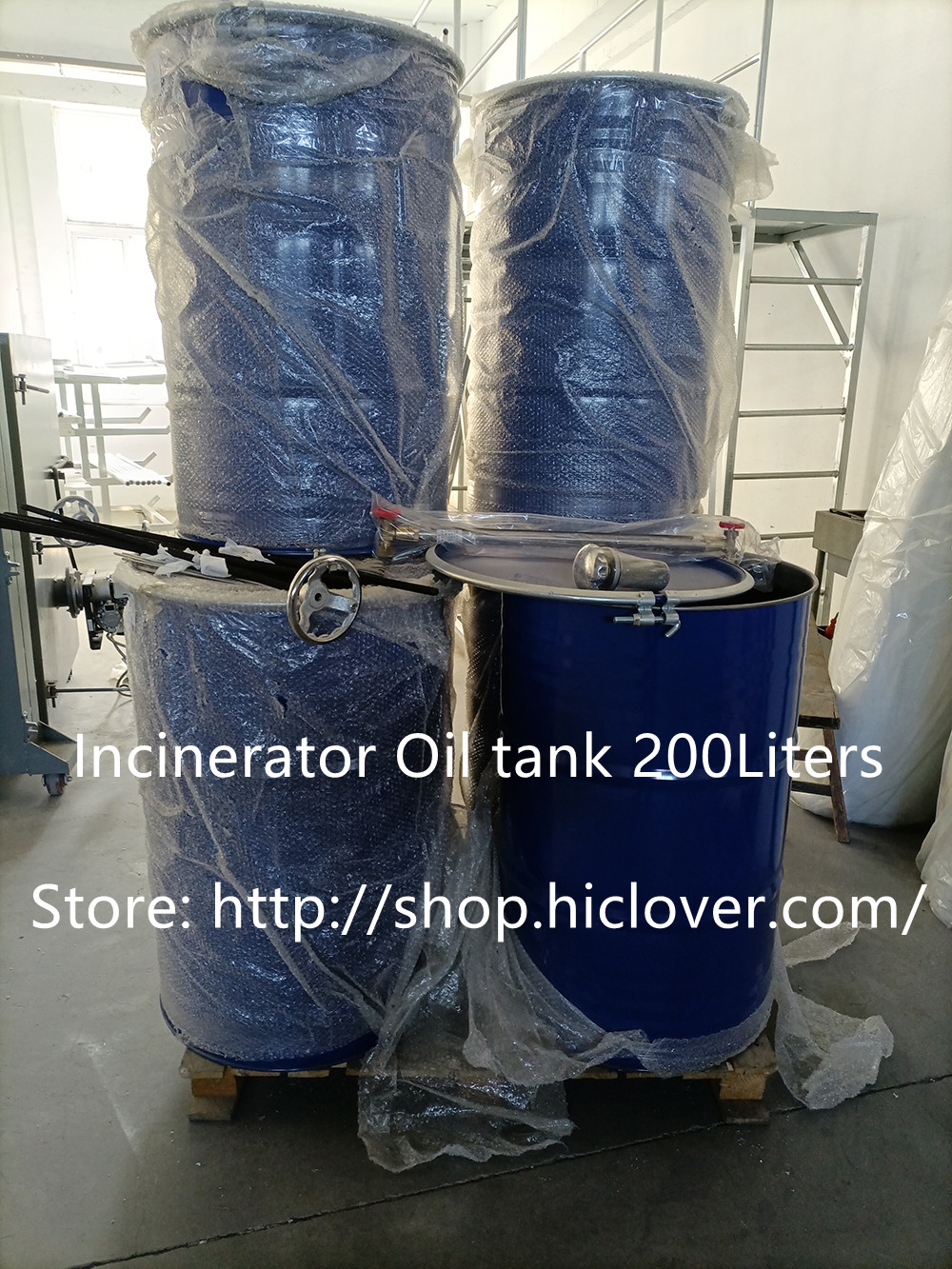PVC, or polyvinyl chloride, is a commonly used type of plastic in various products, ranging from pipes and cables to flooring and packaging. However, the disposal of PVC through incineration poses significant risks, particularly due to the potential release of dioxins, a highly toxic group of chemical compounds.
When PVC is burned, dioxins can be formed as byproducts of incomplete combustion. These dioxins can then contaminate the surrounding environment, posing serious health risks to both human and animal populations. In fact, the World Health Organization has classified dioxins as a group of toxic chemicals that can cause a wide range of adverse health effects, including cancer, reproductive and developmental problems, and damage to the immune system.
One of the primary concerns with PVC incineration is the potential for dioxin emissions to contaminate air, water, and soil. This can occur directly from the incineration process itself, as well as from the disposal of ash generated from the burning of PVC, which can leeched into the environment. Dioxins can then bioaccumulate in the food chain, resulting in higher concentrations in the fatty tissues of animals and humans.
Furthermore, workers at facilities that incinerate PVC may also be at risk of exposure to dioxins and other harmful byproducts. This can occur through inhalation of contaminated air or the handling of ash and other residues from the incineration process. Long-term exposure to dioxins can lead to serious health issues, making it imperative for proper precautions and safety measures to be in place.
In response to the dangers of PVC incineration, many countries have implemented strict regulations and guidelines for the handling and disposal of PVC waste. This includes measures such as the use of advanced pollution control technologies and the monitoring of emissions to ensure that dioxin levels are kept to a minimum. Additionally, efforts to reduce the amount of PVC waste generated in the first place through recycling and other sustainable practices are being promoted.
Overall, it is clear that the incineration of PVC presents significant dangers in the form of dioxin contamination. As the potential risks to human health and the environment are well-documented, it is essential for authorities, industries, and individuals to take proactive steps to minimize these hazards. This includes adopting sustainable waste management practices and investing in alternative methods for the disposal of PVC, in order to protect public health and the environment from the harmful effects of dioxin contamination.



